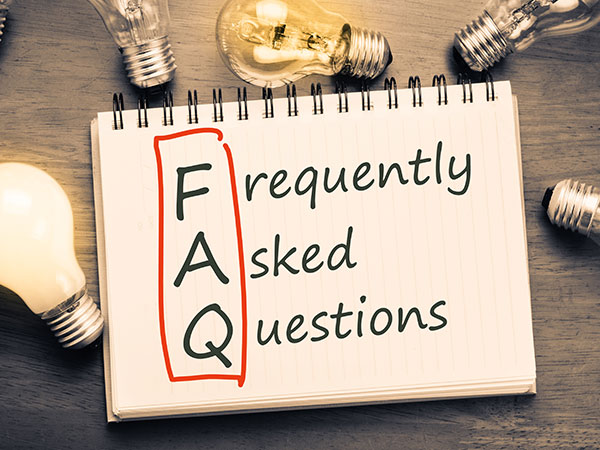
Pumping stations are used to move water from a tank when gravity can’t do the job. If you want to know how one works, take a look at this article before reading here. In this article, Owls Hall Environmental answers more questions about the installation and maintenance of pumping stations.
The size of a pumping station will vary depending on the application. For pump stations that are installed for carrying domestic wastewater from a household, the size of the holding chamber is determined by the maximum volume of water that the household can produce per day. This provides 24hours of holding capacity in the event of pump or power failure.
To calculate the required holding capacity it is advisable to use 150 litres per person, and use the British Water sizing rule for number of people per bedroom (for single dwellings). Therefore:
| Number of bedrooms | Number of people | Litres per day for 24hr storage (minimum) |
| 1-3 bedrooms | 5 | 750L |
| 4 bedrooms | 6 | 900L |
| 6 bedrooms | 7 | 1050L |
| 7 Bedrooms | 8 | 1200L |
void the following items:
Generally, if you suspect that an item could block a pipe, it’s better to find a safer method for its disposal.
A final effluent pump station is an underground chamber with automatic pumps installed within it. It is designed to lift the treated water from an underground sewage treatment system and is used when gravity discharge cannot be achieved. These packaged pump stations are not designed to move raw (or crude) wastewater.
A final effluent pump station can have single or twin pumps and include a high level warning alarm to notify the user in the event of malfunction. Pumps can be controlled by a float switch mounted on the pump, or dedicated float switches connected to a control panel. Having dedicated controls for a pump is advantageous as the start and stop positions can be adjusted to allow the pump to turn on less frequently.
Modern systems are designed for low-cost maintenance, so under normal usage a regular annual inspection of the chamber and pump is enough to make sure the system operates to its full capacity.